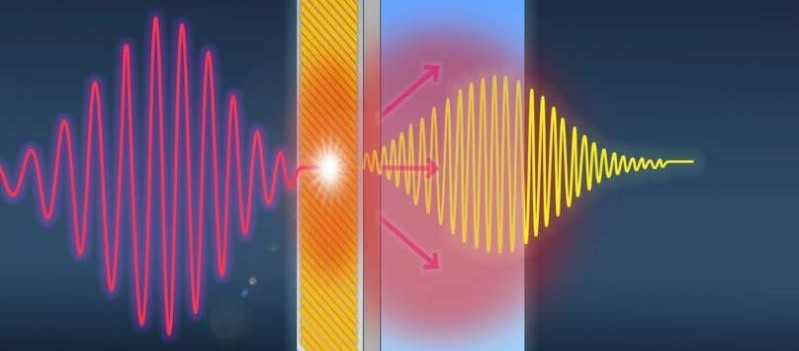Wednesday, 30 April 2025
Nine ICN2 Projects Selected for Severo Ochoa Seed Funding in 2025
These awarded projects have a clear and emerging research perspective and are expected to significantly impact society in the future.
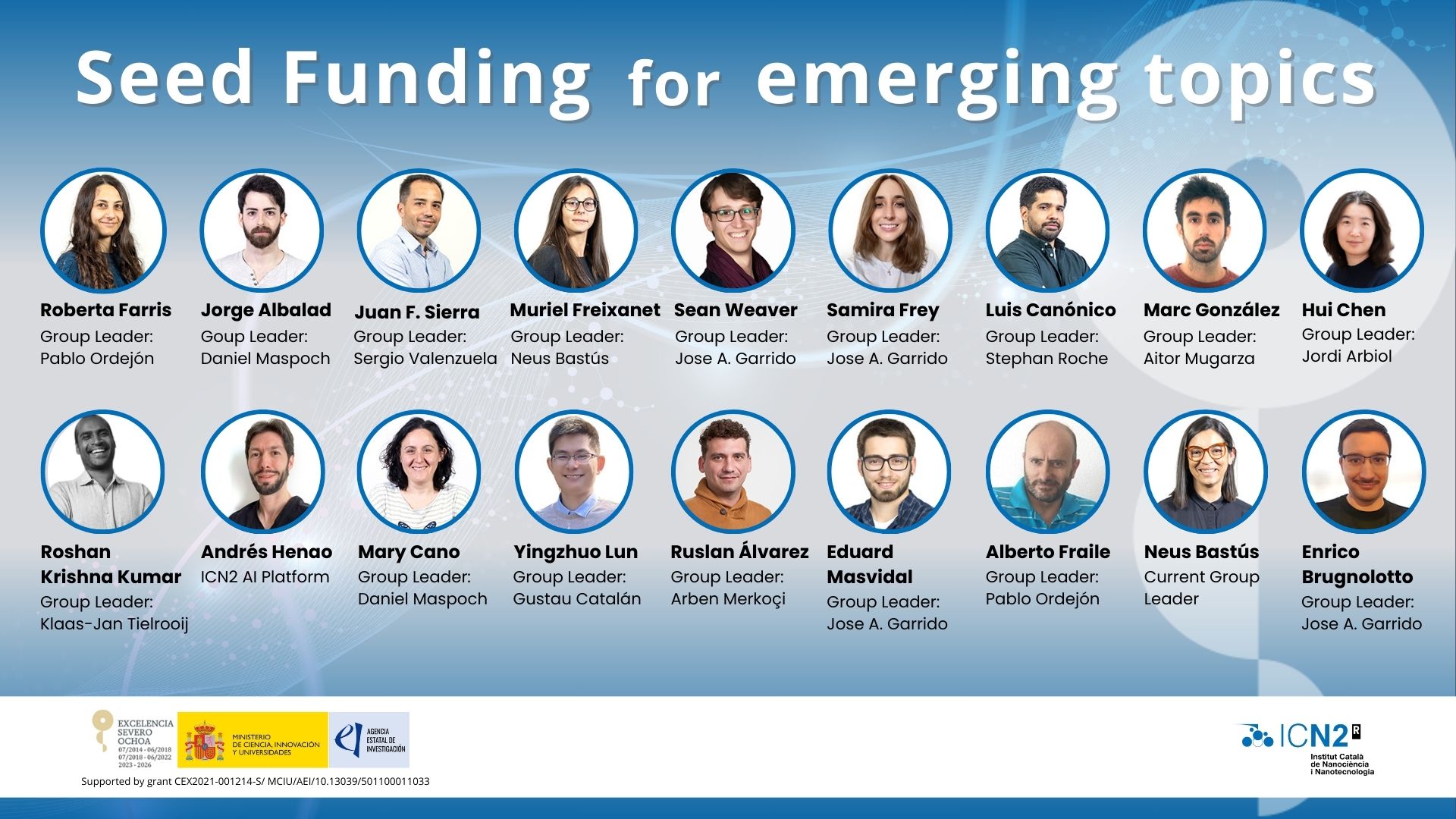

Wednesday, 30 April 2025
These awarded projects have a clear and emerging research perspective and are expected to significantly impact society in the future.

Friday, 06 September 2024
The event, which was presided over by Diana Morant, Minister of Science, Innovation, and Universities, honoured the most distinguished scientific centres and units in Spain.
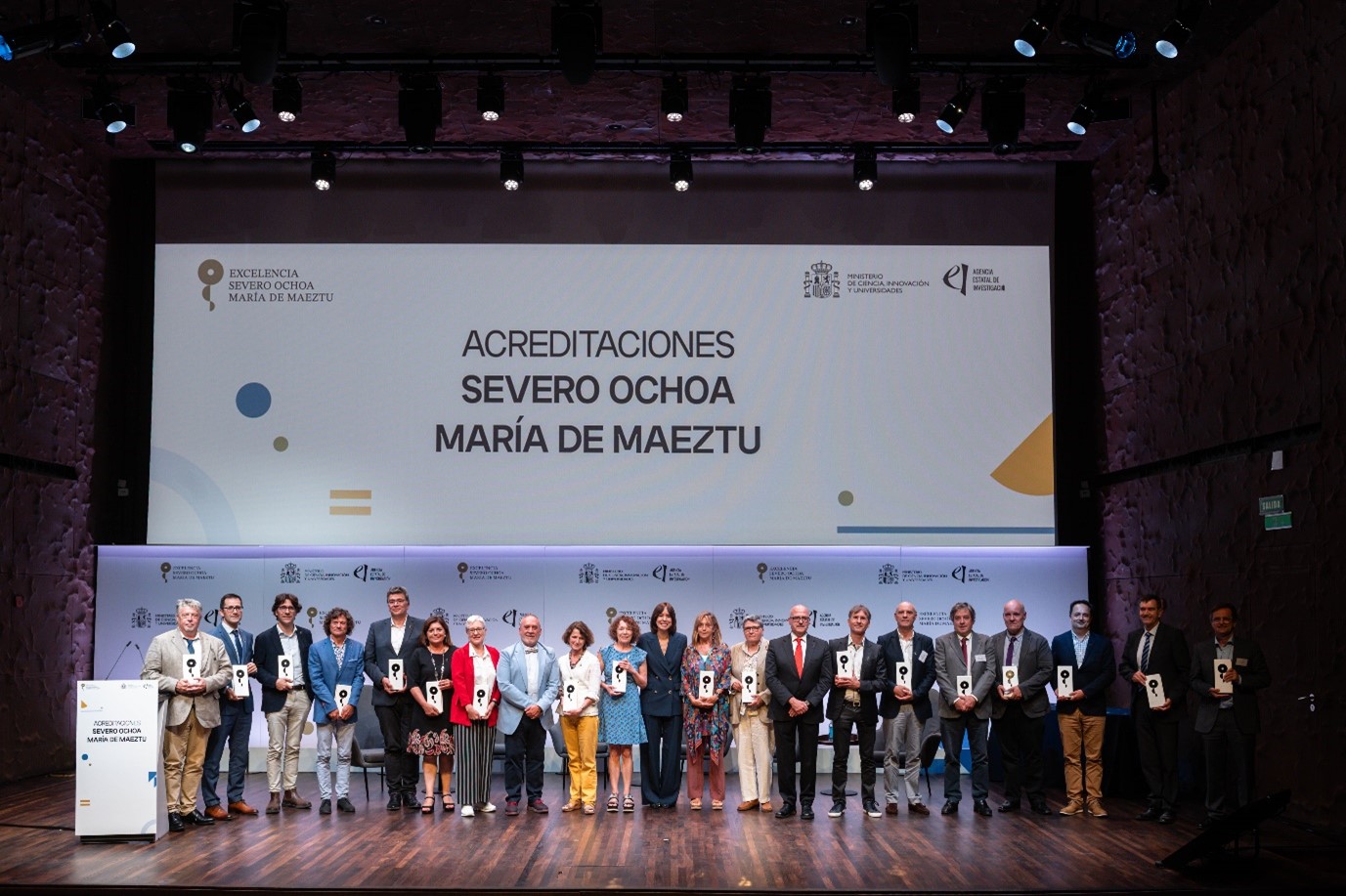
Thursday, 23 May 2024
The 12-month projects, characterised by a clear and emerging research direction, are expected to impact future society significantly.

Monday, 18 December 2023
The Spanish Presidency of the Council of the European Union has promoted a declaration supporting collaboration between Member States and the European Commission to create a European quantum ecosystem. The signatory states commit to cooperate to position Europe as a world leader in the field of quantum technologies.

Tuesday, 26 September 2023
Today, the students from the MQST Master embarked on a journey deep into the quantum world at ICN2. As they set out on this thrilling educational odyssey, they delved into the ICN2 labs, engaged with our experts, and caught a glimpse of the quantum innovations that institutions like ICN2 herald for the future.

Thursday, 20 July 2023
A paper recently published in ‘Nano Letters’ introduces two types of hetero-structured materials, grown by epitaxy on a large area, that exhibit remarkable thermal properties. In particular, the ultralow thermal conductivity along the cross-layer direction allows for heat management application in electronic devices. This study was coordinated by former and current ICN2 researchers.
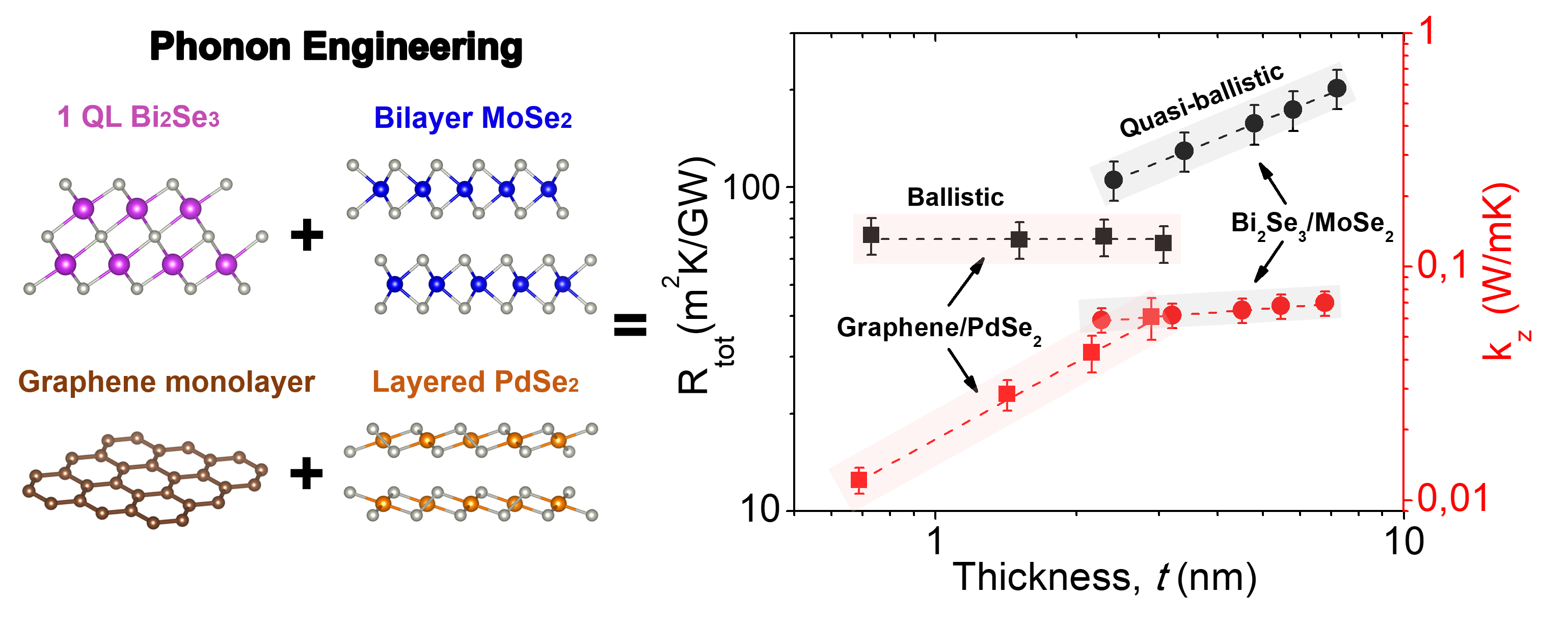
Thursday, 29 June 2023
The 13th edition of the Graphene Conference series, the most prominent European event centered on graphene and 2D materials, is in its final stages in Manchester, UK. The ICN2 has played again a significant role at this year's conference, with numerous members of the institute giving high-profile presentations, including ICN2's Director, Prof. Pablo Ordejón, and ICREA Prof. Stephan Roche acting as members of the Organising Committee.

Wednesday, 07 June 2023
A study published in APL Materials provides a method, based on the combination of two measurements techniques, to extract the optical and elastic properties materials in microspheres structures without damaging them, which had proved particularly challenging so far. This research also revealed that both the refractive index and the elastic constants of the examined glass materials are reduced in the microspheres with respect to their bulk counterparts. This is crucial information for integrated optical glass elements.

Wednesday, 31 May 2023
A paper recently published in the Royal Society Open Science journal discusses the advantages of implementing a modular approach in electronic structure simulation software and demonstrates the increased efficiency of SIESTA, a lighthouse code of the MaX Centre of Excellence that in recent years has been redesigned according to this principle. Among the authors is Prof. Pablo Ordejón, ICN2 group leader and Director.

Tuesday, 16 May 2023
A study carried out by researchers from the HZDR Institute of Radiation Physics, ICN2 Ultrafast Dynamics in Nanoscale Systems group, University of Exeter Centre for Graphene Science, and TU Eindhoven demonstrates that graphene-based materials can be used to efficiently convert high-frequency signals (in the terahertz regime) into visible light, and that this mechanism is tunable. These outcomes open the path to exciting applications in next-future information and communication technologies.

Monday, 15 May 2023
A team of researchers led by ICREA Prof. Dr Clivia Sotomayor-Torres, leader of the ICN2 Phononic and Photonic Nanostructures Group, has developed a waveguide platform in which self-sustained coherent phonons in the GHz regime can be generated at room temperature. As this platform is CMOS-compatible, this technique could impulse further development of phononic circuitry for telecommunication applications.

Tuesday, 21 March 2023
A paper recently published in the journal ‘Review of Scientific Instruments’ introduces a new all-optical technique for measuring thermal diffusion in nanoscale systems. The study was conducted by a team of researchers led by Prof. Klaas-Jan Tielrooij, senior group leader at ICN2. This “pre-time-zero spatiotemporal pump-probe microscopy" has several important benefits over existing techniques and provides an excellent tool for studying heat transport at the nanoscale.

Wednesday, 15 March 2023
The project aims to apply the NOEMS technology, which is compatible with standard CMOS microelectronics, to optimise various functionalities of complex wireless networks, resulting in cheaper systems that consume less power. The ICN2 Phononic and Photonic Nanostructures Group, led by Prof. Dr Clivia Sotomayor-Torres, will participate in this research.

Tuesday, 07 March 2023
Dr. Ing Ralf Heiderhoff, from Bergische Universität Wuppertal, was invited by Prof. Dr Clivia Sotomayor Torres to visit the ICN2 and to give a course on nanoscale characterization techniques, which was highly appreciated by the researcher community. This strengthened relationship will pave the way for new research collaborations between ICN2 and the University of Wuppertal.

Tuesday, 28 February 2023
Funded by EIG CONCERT-Japan, the project will be coordinated by the ICN2, with Dr Marianna Sledzinska as primary investigator.

Tuesday, 21 February 2023
European research centres and companies leading the development of supercomputing hardware and simulation software re-join forces in the third phase of the MaX European Centre of Excellence, funded by the European Union (grant agreement no. 101093374) and supported by the Euro HPC Joint Undertaking (EuroHPC JU) and its member states. The MaX (“MAterials design at the eXascale”) Centre will continue to drive the evolution of materials science simulation software towards a new era of extremely increased computation power. This will open new opportunities for designing and testing materials for applications in crucial fields, such as clean energy, new IT technologies, and manufacturing as a whole.

Thursday, 15 December 2022
Majorana anyons, theoretically predicted particles which are expected to show exotic properties with great potential for quantum computing applications, are both very elusive and difficult to distinguish from other quantum states. Researchers from ISTA, ICN2 and ICMM-CSIC combined two different measurement techniques to unmask an impostor Majorana particle, as described in a study published in ‘Nature’.

Monday, 05 December 2022
'Científicas e Innovadoras' is a display and search engine for excellent female talent in Spain.

Wednesday, 09 November 2022
She will spend one year at the Faculty of Electrical Engineering, Information Technology and Media Technology of BUW, where she will take part in research on energy-efficient communication technologies and give lectures.
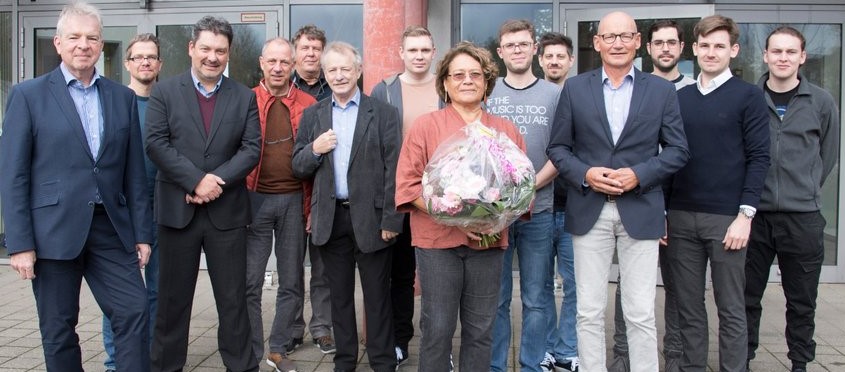
Tuesday, 08 November 2022
A paper recently published in 'Light: Science & Applications’ demonstrates that quantum materials of the topological insulator family can efficiently upconvert electromagnetic radiation in the terahertz (THz) regime. These results open new avenues for THz photonics technology and its application in sensing, homeland security and sixth-generation mobile communications. The study was conducted by a team of researchers coordinated by ICN2 group leader Dr Klaas-Jan Tielrooij.
